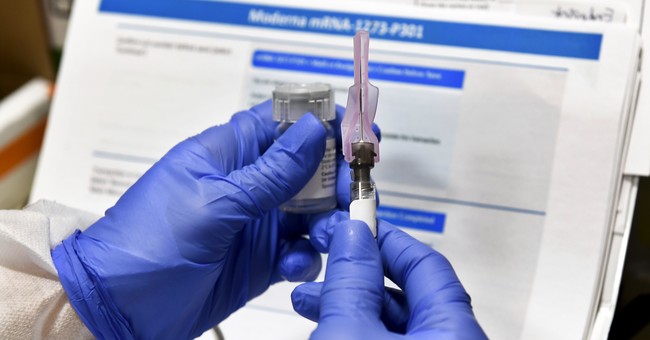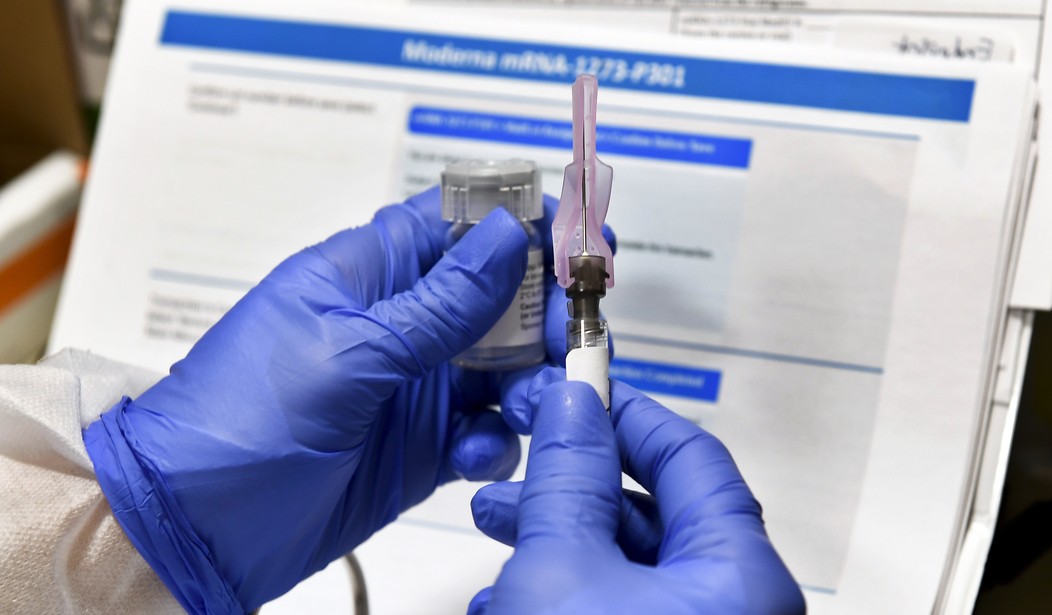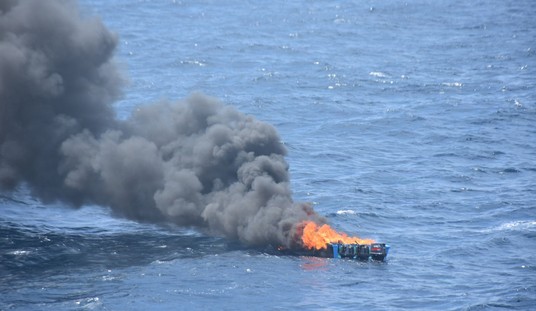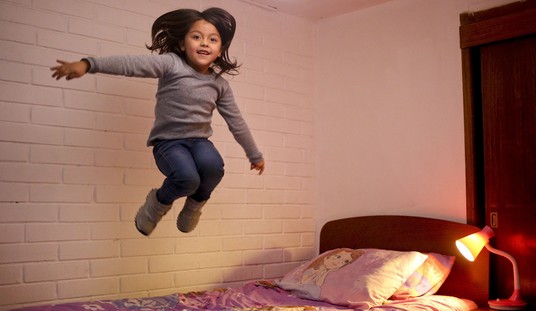
Successfully dealing with COVID-19 comes down to competently dealing with two different aspects of the disease: Prevention and Treatment. Let’s break each down in simplified terms.
First, we need to be very clear that statistics related to COVID-19 continue to be amazingly porous (missing, unreliable, inaccurate, etc.). As such any estimates for success have a wide range of accuracy. To simplify these estimates, I’ve broken them down to approximate quartiles.
Second, we need to understand that there are other prevention and treatment options being explored (e.g. here and here), but the publicly available evidence to date does not appear to bring them up to the 25% level.
Prevention —
In this realm, we have five (5) primary options, each with a different level of approximate effectiveness (estimated below). In most cases if we combine two or more of these, there will be increased effectiveness.
1 – SARS-CoV-2 Specific Vaccine ~75%. [Not available in quantity for 6± months]
2 – Other Viral Vaccines ~25%. [Available now]
(e.g. Sabin Oral Polio Vaccine and Bacillus Calmette-Guerin Vaccine)
3 – Social Distancing ~50%.
4 – Masks (high efficiency — e.g. HEPA) ~25%.
5 – Optimize Immune System ~25%.
The focus on a potential future vaccine (in 6± months) is taking much of the oxygen out of the room. There are other things that citizens can do today to reduce their risk, but some of them are rarely discussed (e.g. #2 & #5).
Treatment —
Once a person has caught COVID-19, the key question is: what is the optimum therapy? As of now we have seven (7) potential options, that have some reasonable evidence to support them. Unfortunately, at the time of this writing, we don’t have a full scientific assessment (e.g. double-blind studies) for any of these. This is the CDC’s explanation for why they have not formally recommended a COVID-19 therapy protocol.
It seems like there are two avenues here: 1) the CDC give a qualified recommendation for a COVID-19 protocol based on the (scientifically limited) evidence to date, or 2) leave it up to thousands of US doctors to each individually decide how to treat their COVID-19 patients.
Clearly the latter makes little sense in what can be a life-and-death outcome. Further, it is not unreasonable to conclude that many of the 150,000± US COVID-19 deaths to date are attributable to patients receiving less than optimum therapy — in other words, were likely preventable.
Yes, it would be ideal to not establish a national COVID-19 protocol until we have really solid science — but we currently simply don’t have that. While we wait for studies to be completed, tens of thousand of US citizens are likely dying unnecessarily (i.e. due to no approved effective protocol).
Furthermore, for no other reason than legal liability, doctors would strongly prefer to have a CDC approved protocol.
Under present circumstances, the CDC is left to make a decision based on: a) anecdotal evidence, as well as b) experience with other diseases.
Again, each one of these therapies has a different level of effectiveness (estimated below). With more experiences hopefully the effectiveness of these options can be more accurately determined. (When it comes to treatments, combining two or more will not necessarily result in an increased effectiveness — and in fact may be counter-productive.)
1 – HCQ + Zn (early on) ~75%.
2 – Remdesivir ~25%.
3 – Budesonide ~25%.
4 – Inhaled Corticosteroids ~25%.
5 – Ozone Therapy ~25%.
6 – Low Dose Radiation ~25%.
7 – Immune Support ~25%.
The evidence to date indicates that if an otherwise healthy person (i.e., one with an optimized immune system) gets COVID-19, it is unlikely that there will be severe complications, IF they immediately embark on a HCQ+Zn treatment.
The end.













Join the conversation as a VIP Member